Terraced trail of Carro

BONNEVAL-SUR-ARC
Terraced trail of Carro
Difficult
8h
18,6km
+722m
-1063m
Crossing
Embed this item to access it offline
“Come here to walk in October, when the wind ripples through the yellow grasses, and where there are only steppes, peaks and glaciers as far as the eye can see. And no reminders of the hustle and bustle in the valley below... Ÿou will feel so small amidst the spectacular Great Alps!” Jérémie Jourdan, Vanoise National Park ranger.
Forecast
Altimetric profile
Recommandations
A long hike, leave in the morning or plan a night at the Refuge du Carro. Some passages can be covered in snowed in early summer.
Is in the midst of the park
The national park is an unrestricted natural area but subjected to regulations which must be known by all visitors.
Information desks
Vanoise Information Desk - Termignon
Place Vanoise, 73500 Termignon
La Ciamarella, 73480 Bonneval-sur-Arc
Maison de la Vanoise, Place de la Vanoise, Termignon, 73500 Val-Cenis
Transport
"
Rail connection to Modane. Information: www.voyages-sncf.com
Then transport by coach to Bonneval-sur-Arc Information: www.transavoie.com
In July-August, a shuttle bus connects Bonneval-sur-Arc to Ouglietta twice a day.
No public transport for l´Écot.
Suggested hitchhiking organised in the Haute-Maurienne valley. Information: www.rezopouce.fr
Additional information:
"Access and parking
Take the D 902 which climbs from Bonneval-sur-Arc towards the Col de l´Iseran. Once you’ve passed the Lenta valley, the road makes two bends and crosses the Pont de l’Ouglietta. Small car park upstream of the road.
Parking :
Car parks at Ouglietta and Écot
Accessibility
Trail not adapted
- Emergency number :
- 114
10 points of interest

Les foins. - PNV - BASSARGETTE Denis  History
HistoryLenta Valley
On the slopes of this high-altitude valley, the people of Bonneval-sur-Arc continue to maintain the hay meadows. The alpine chalets scattered across the valley, now restored for use as secondary residences, were used primarily for making butter and cheese, or to store hay. Some chalets are semi-buried, so as not to stand in the way of an avalanche. Others are protected by a “tourne”, a stone bow built upwind of the building.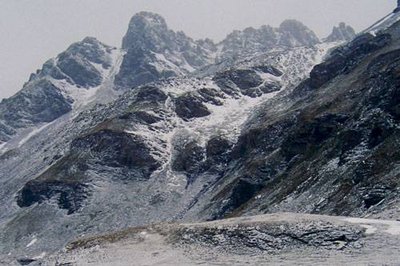
Reflet de la Pointe des Arses dans un petit lac situé au-dessus de Plan des Eaux. Commune de Bonneval sur Arc. - PNV - IMBERDIS Ludovic  Lake
LakeThe lakes of Plan des Eaux and Pys
If you come across these small mountain lakes in the summer with their peaceful waters, you’ll find it hard to imagine that a whole life grows there according to an annual cycle. At the end of autumn, the surface of the lake freezes over from the ice and snow. Its thickness increases and deprives the body of water of dissolved oxygen, essential to life. The lake will only resume its nurturing role when the ice-pack breaks down during the short summer. It is then that life suddenly resumes for the plankton, the dipteran larvae, the dragonflies, the damselflies, the common frog, and more rarely the introduced salmonids such as brown trout or arctic char.
Moutons de race Thônes et Marthod. - PNV - DELORME Michaël  Pastoralism
PastoralismFlocks of sheep
In the summer you will be sure to come across the sheep grazing freely, sharing the pasture with the wild ungulates (chamois, ibex) often perched high up on the mountains. This is the local breed known as “Thônes et Martod” named after the village of origin. Rural and a good producer of milk and wool, this horned ewe is experiencing a renewed interest from local breeders. The recent return of the wolf to the French Alps has forced breeders to put in place means of protection which are not always adapted to these small flocks of Haute Maurienne.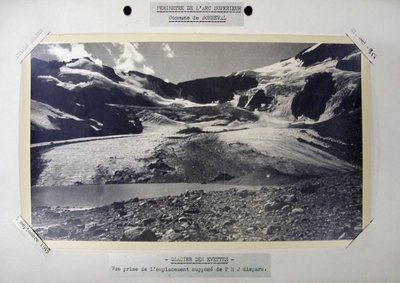
Vue sur le glacier des Evettes (1945) - RTM - ONF Chambéry  Viewpoint
ViewpointView over the Evettes Glacier
"Glacier des Evettes and the Petite Ciamarella depuis le Plan des Evettes
"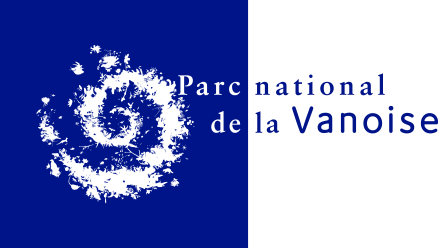
 Fauna
FaunaThe wheatear
Typical of the alpine grasslands, this passerine is easy to spot as it seems to be pretty active. Its song will accompany you along your journey, provided that it has some rocks for keeping watch. Admire the fine livery of the male, entirely black, ochre and white. It is a migratory bird that flies to tropical Africa in the winter. It shares the alpine pastures with the water pipit and the skylark, that can be heard more than seen...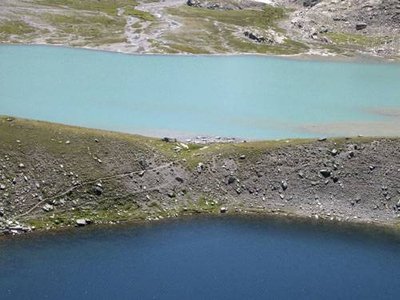
Vue sur le Lac Blanc et le Lac Noir. - PNV - BASSARGETTE Denis  Refuge
RefugeLakes and Refuge du Carro
At the foot of the Refuge du Carro of the Club Alpin Français built in 1925, there is a geological curiosity: two twin lakes, separated by a glacial moraine which are radically different. Lac Blanc has a milky colour due to the muddy waters of the glacier located upstream. Lac Noir is clear, fed by the gneiss outcrops. It’s all about watersheds! Do not disturb this fragile ecosystem by introducing organic matter! The buoys anchored in the middle are used for scientific tracking led by the Federation of Fishermen and the National Park.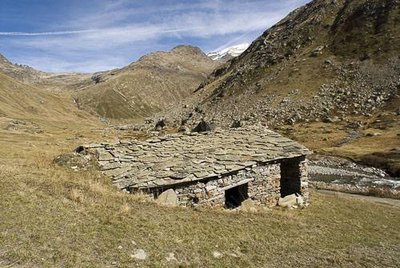
Grange en ruine, à demi enterrée dans la pente, adossée à un bloc rocheux. Bonneval sur Arc. - PNV - FOLLIET Patrick  History
HistoryThe hay barns
Barns can be spotted along the entire route up to Duis, which were previously used to store hay. Their architecture is particular to the Haute-Maurienne: the locals used the materials most available locally such as stone. This explains the dry stone walls as well as the lauze roofs. Large openings made it easy to store the hay, while other smaller openings allowed it to be aired. The upper parts of the barns and chalets are often semi-buried to merge into the slope and thus guard against winter avalanches.
Une prairie de fauche fleurie pour le début de l'été. - PNV - DEFFRENNES Benoît  Flora
FloraThe flower meadows
These hay meadows are vital for farmers, allowing them to provide for their animals during the winter. The mowing promotes biodiversity and makes these meadows colourful in July. How many different species can you identify?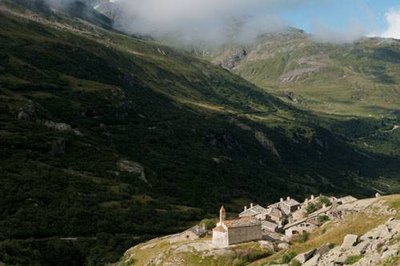
Vue sur le hameau de l'Écot, Bonneval sur Arc. - PNV - BUCZEK Jessica  Architecture
ArchitectureThe hamlet of l'Écot
Wood became a rare commodity in Bonneval-sur-Arc, and so the builders of yesterday used the most abundant resource in this high valley - the stone. Walls, lintels, roofing, drinking troughs and even intermediate floors were mounted in lauze! Thanks to a wise restoration, the hamlet of l´Écot blends harmoniously into this landscape. Walk through the narrow streets and imagine how life once was when the hamlet was populated all year by men and their animals...
Vue sur le hameau de l'Ecot (1930) - Editions GEP Lyon  Viewpoint
ViewpointView over the Hamlet of Ecot
The abandonment of agropastoral activity also affects the habitat. Whether conserved or not by the original families, this built heritage is subject to regulatory measures aimed at preserving its original appearance, in the absence of any occupant to fulfil the role. These measures do not prevent the disappearance of suspended drying balconies for solarium terraced balconies, and the appearance of bays, shutters or double roofs to meet modern standards of comfort.
